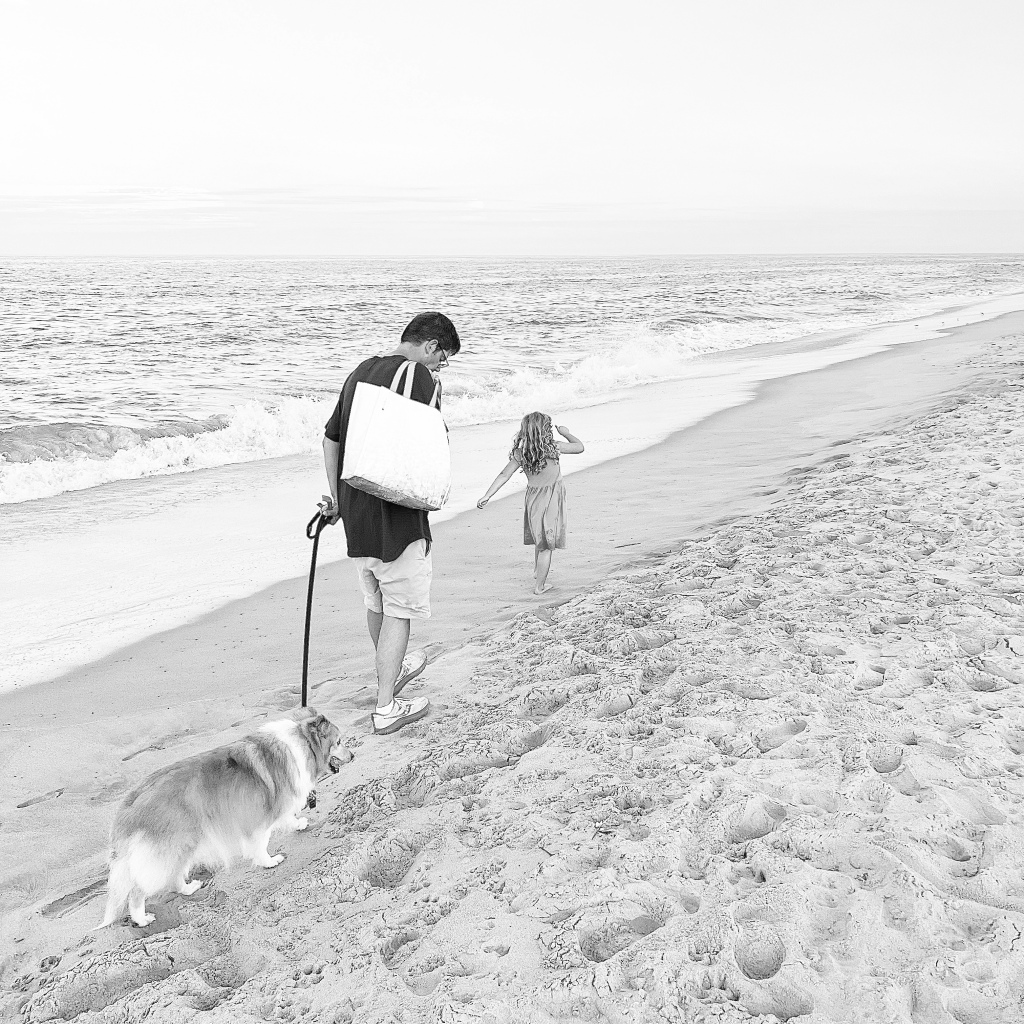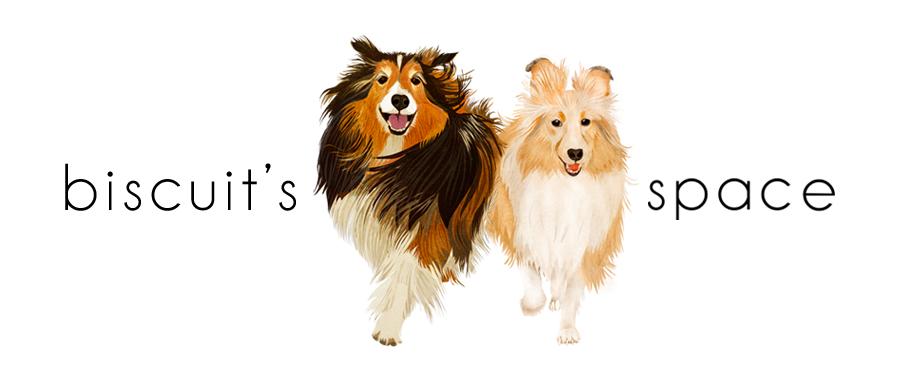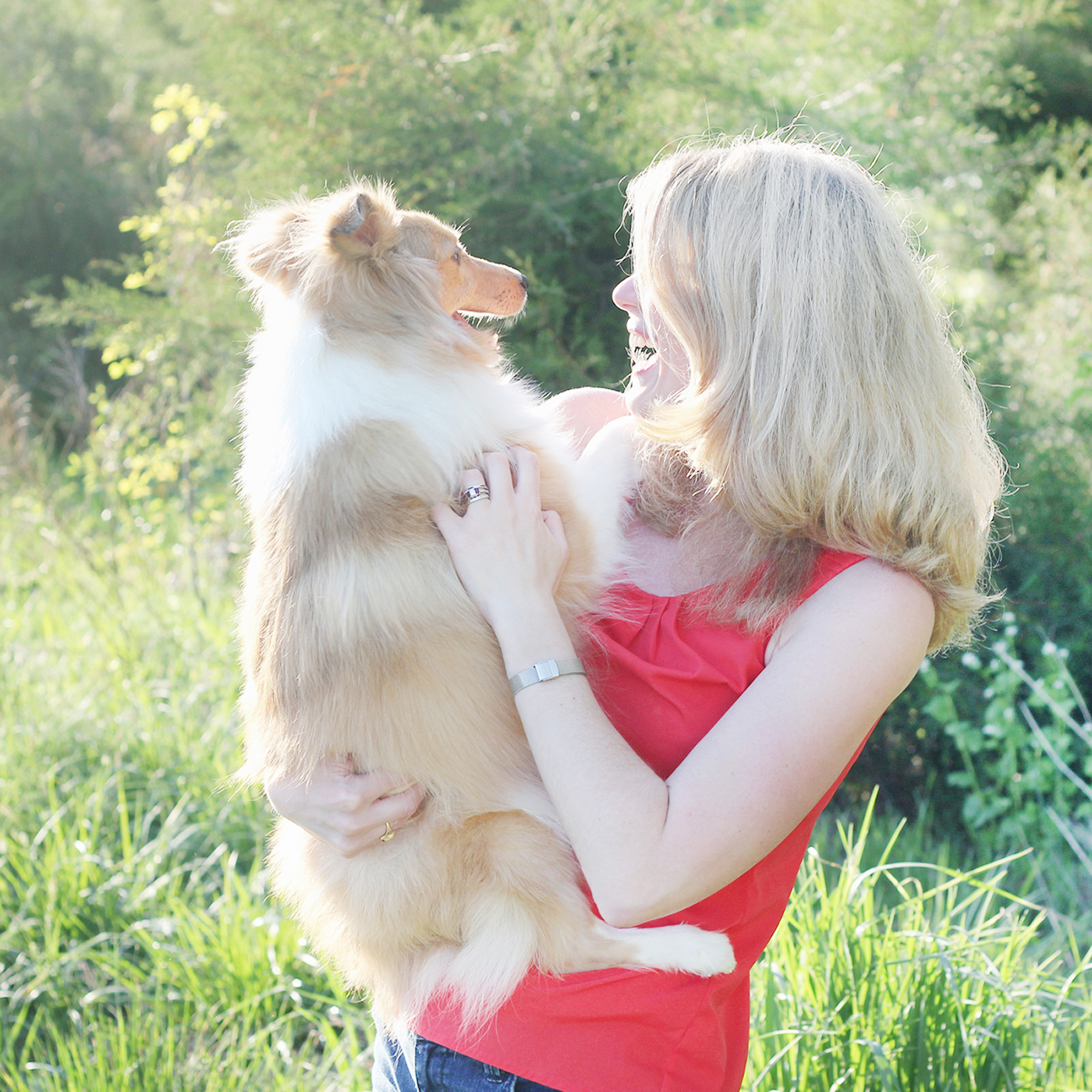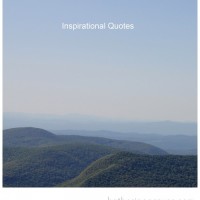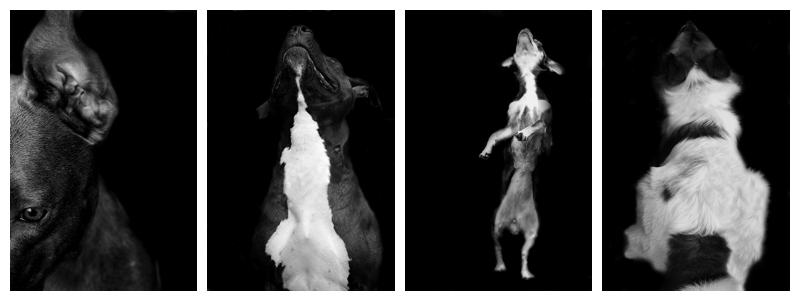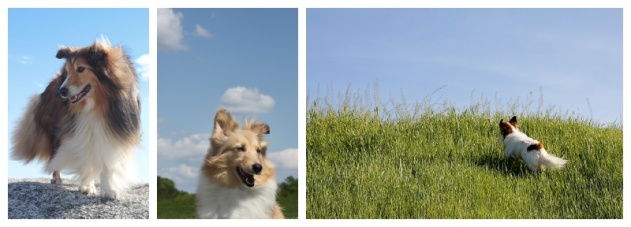Why You Should Not Skip Your Dog’s Daily Walk
I recently read an article that provided some interesting insights about the importance of walking your dog daily. A 2011 study from Michigan State University found that only two-thirds of its subjects routinely walked their dogs. Consequently, this can significantly negatively impact dogs’ emotional and physical well-being.
Overall, most dogs do not exercise by themselves. And, according to Stephanie Borns-Weil, an Assistant Clinical Professor at the Cummings School of Veterinary Medicine at Tufts University, indicated that a typical yard does not offer enough stimulation to prompt an adequate amount of movement. Walking your dogs provides mental stimulation that comes from companionship, seeing new things and sniffing new things, according to Borns-Weil. Dogs who do not have their needs met can be subject to long-term chronic stress ranging from depression and anxiety, to immune system problems. Studies have found that dogs in shelters also benefit from direct human interaction, which helps to reduce stress.
As a result, you should help your dog get the most out of his/her walk, by letting your dog explore. Sniffing is the way that dogs experience and understand their world. Comparatively speaking, dogs have 300 million olfactory receptors compared to us humans who only have 6 million olfactory receptors. Often times, we want to hurry our dog along, and we miss following their lead to sniff around and explore. Even on the coldest of days, I remind myself that letting our beloved Victory explore and sniff is very important for her. And, Victory loves to sniff around outside during early the mornings and late in the evenings, when there are not many people outside! So, I remind myself that enrichment activities and exercise is important not only for my human child, but also for our fur girl, Victory, as well! Victory always gives us clear signs when she has “cabin fever” during the winter months, signaling to us that she needs to get out and about, and when she does, her morale instantly increases and a smile appears! Her walks and her Hound About rides always seem to do the trick, along with a ride in the car to a fun destination or a ride to get BBQ, during the warmer months! Thus, fully integrating your furry family member into your daily life has wonderful benefits for all!
